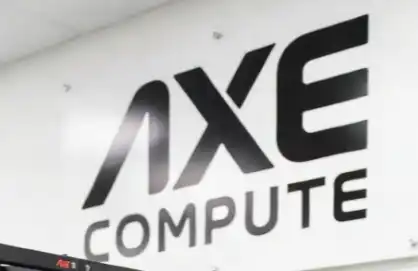India declared through its Ministry of Statistics and Programme Implementation that it plans to include price data from Amazon and Walmart’s Flipkart when estimating the inflation rate.
According to the Ministry’s Secretary, Saurabh Garg, recent data from the HCES showed that e-commerce is gaining enough popularity among households to warrant this consideration.
The Statistics Minister, Rao Singh, said his Ministry aims to capture shifting consumer spending habits, claiming the current data is outdated.
He also pointed out that accounting for prices from e-commerce sites could strengthen the country’s inflation data. Singh pointed out that the U.S. and South Korea are already spearheading the trend, integrating online and scanner prices into inflation data estimates.
The Reserve Bank of India (RBI)’s MPC (Monetary Policy Committee) expects the country’s inflation for 2025 to remain way below the targeted 4%, as reported by Cryptopolitan.
Garg says the price scraping from e-commerce sites is underway
Secretary Garg disclosed that price scraping on major e-commerce websites is ongoing, saying that his Ministry targeted 12 cities with populations above 2.5 million. He added that the Ministry is in talks with other e-commerce websites to access their price data directly.
The e-commerce platforms were formally requested to send their weekly price averages to the government. The data would then be cross-checked against other datasets to balance out errors. A private study claimed that India’s 270 million online shoppers in 2024 were projected to grow by 22% annually.
According to the Ministry, the new data sources will be integrated into calculating CPI estimates beginning in early 2026. Weightages will be shifted to reflect the country’s dwindling share of food among households. The revamped CPI index will also include media streaming and air travel prices from online platforms. Both consumption segments are allegedly dominant in Indian households.
The Statistics Ministry’s Secretary said these changes in CPI computation data sources were among the government’s statistical upgrades for next year’s GDP series, which would also update the base year to 2022-23. Garg claimed the government had, so far, nearly doubled the number of households surveyed monthly. However, economists allegedly questioned the accuracy of these reports.
“The larger sample for monthly periodic labour force survey, thus, ensures that even on a monthly basis, the estimates are precise and robust for making informed decisions.
– Saurabh Garg , Secretary of the Ministry of Statistics and Programme Implementation in India
Garg also mentioned that his Ministry is working on a new ISP (Index of Service Production) to estimate the quarterly outputs in the country’s service sector. He emphasized that the services sector accounts for nearly 50% of India’s GDP but is less frequently monitored than manufacturing.
RBI claims the FIT framework still works well
The RBI recently reported that the FIT (Flexible Inflation Targeting) framework had performed well and met the country’s needs since its introduction. The central bank claimed that the FIT framework had delivered on its goals of maintaining stable prices in the country. However, the RBI noted that repeated fuel and food price shocks make monetary policy more challenging. These shocks were particularly massive during the Ukraine-Russia dispute and the post-pandemic phase.
The RBI’s report disclosed that the country’s inflation targeting is unique because energy items and food accounted for almost half of the consumption basket. It also pointed out that supply-side shocks to these consumption segments challenged India’s inflation stabilization more than other countries.
The central bank noted that this effect makes the country’s experience more crucial and full of knowledge tips for countries with similar economic vulnerabilities. However, the FIT framework’s flexibility and credibility helped the country overcome global difficulties.
The central bank also emphasized that its coordination with the government stabilized the country’s prices. According to the report, the RBI tightened monetary measures, while the government intervened on the supply side to ensure the uninterrupted availability of essential goods. The RBI stressed that this monetary-fiscal coordination was key to the FIT framework’s success.
KEY Difference Wire helps crypto brands break through and dominate headlines fast




